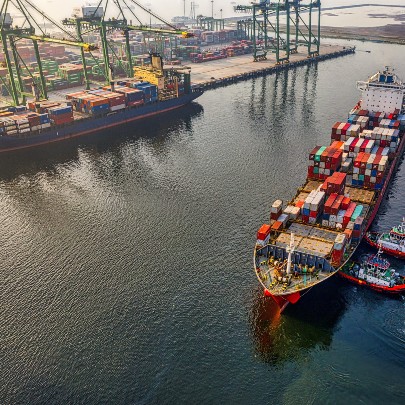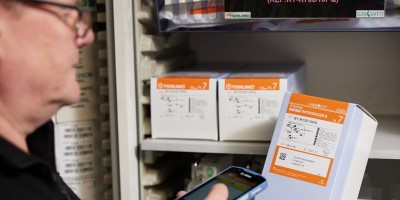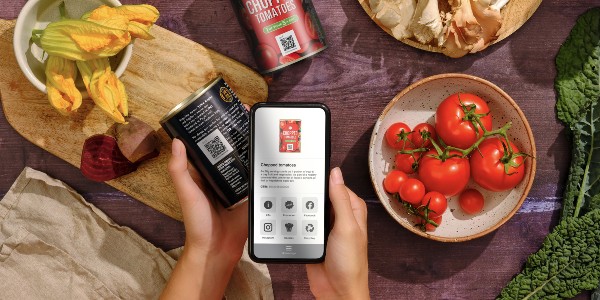July 06, 2023
Labelling requirements can vary significantly from country to country. At the same time, new regulations demanding more information on pack are introduced almost every year, despite that fact that packaging space is finite and often at a premium.
GS1 powered QR codes can offer brands an efficient and cost-effective solution to this dilemma by turning every individual product into its own media channel. Consumers can instantly be connected to product, promotional, business, sustainability or regulatory information that is tailored to their specific needs at the scan of a smartphone.
As covered in our recent webinar, this can be particularly powerful for complying with legislation that requires certain information to be made available on pack, especially when trading across borders. To help you take advantage of this innovative new solution, we have summarised some of the webinar’s key themes and topics below.
Regulation promotes interoperability
Understanding your packaging obligations is really important if you want to sell your products overseas or on global marketplaces such as Amazon and eBay.
At a very high level, regulation tends to be focused on one of three key areas:

- Consumers – ensuring the products they use are safe they have the information they need to make informed decisions.
- Manufacturers – encouraging them to factor sustainability into the design of their products and packaging, take greater responsibility for the resources and components they use, and build more transparent supply chains.
- Market surveillance – ensuring that regulators and local authorities have access to the data they need to evaluate any products entering their market and ensure they are meeting requirements.
While packaging and labelling requirements may differ from country to country, they are all generally aimed at addressing at least one of these areas and usually overlap. This means that regulation tends to promote interoperability so adapting a harmonised approach to compliance is key.
Interoperability and harmonisation are what makes GS1 standards unique. This all starts with unique product identification using GS1 product identifiers. Typically the number assigned under your product barcode, such an identifier is typically referred to as a GTIN (Global Trade Item Number), EAN (European Article Number) or UPC (Universal Product Code). Using these identifiers alongside some of our other standards enable you to capture and share product information in a harmonised, interoperable way.
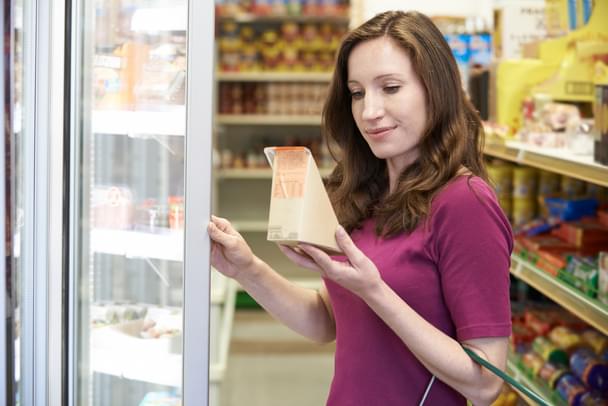
Labelling requirements
Physical labels are struggling to keep up with the increasing demand for information and this challenge becomes even greater when trading across borders.
When it comes to recycling regulations for example, there are forty-seven countries in the EU alone that have their own icons, coloured bins and waste disposal systems. This makes it impossible for one label to meet the requirements of all markets and new demands are being introduced all the time.
Recent examples include:
- September 2022, France Article 17 - every label needs to carry the Triman logo and sorting instructions for each packaging element (depending on size). At present, this must be printed on pack.
- January 2023, France Article 13 - packaging must disclosure attributes such as the amount of recycled content, recyclability, the presence of hazardous substances, traceability etc. This can be displayed on pack or digitally via a QR code.
- January 2023, Italy – Products must display, in Italian language, packaging type, identification codes and waste collection guidelines in relevant colours. This can be displayed on pack or digitally via a QR code.
- December 2023, EU regulation 2021/2117– Any bottle of wine sold in the EU needs show a nutrition declaration and a list of ingredients. This can be displayed on the bottle itself or digitally via a QR code.
In the UK, new Extended Producer Responsibility regulations were introduced in January this year with the first data submissions beginning in Q4. EPR will fund the full net cost of the collection, sorting and treatment of packaging waste through local councils by obligated producers and the first payments will begin in Q4 of 2024.
In 2025, Eco Modulation – penalising the use of materials that are less environmentally friendly, and rewarding the use of those which are better – will be introduced and, by 2026, all packaging must be labelled for recyclability.
As the UK’s EPR timeline and EU regulation progresses, producers are likely to see higher costs associated with their packaging, making the case for transitioning to a digital solution even stronger.
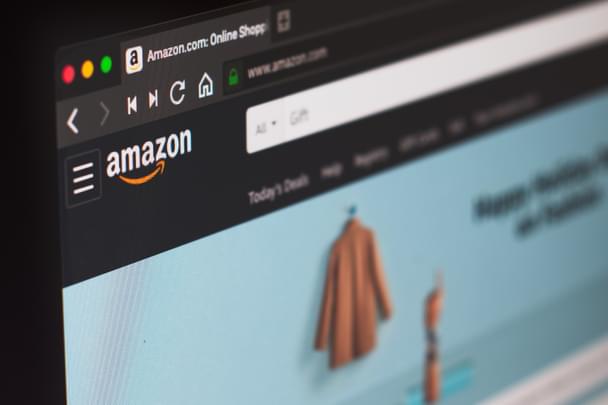
Staying informed
With the amount and variety of new legislation being introduced, businesses of all sizes are frequently getting caught out.
If you trade internationally, it is especially important that you keep up to date with your obligations. Platforms such as Amazon and eBay do provide help content and guidance pages so be sure to check them if you trade on those platforms.
Other useful resources
This information does tend to be quite broad and top level so if you need more detaill or additional support, there are a number of GS1 UK partners who can help. Visit our partner finder for help.
GS1 powered QR codes
QR codes, particularly those powered by the GS1 Digital Link standard, offer businesses an efficient and cost-effective means of adapting to current and future legislative demands.
A GS1 Digital Link is a unique sequence of characters that identifies a logical or physical resource used by web technologies – essentially a website URL with a product GTIN added onto the end. Brands can choose to add additional levels of granularity by including subsequent identifiers within the data string of the URL. This could include a product’s batch and lot numbers, or, for serialised products, an individual item code or serial number.
This allows smartphones, apps and scanners to connect to specific user experiences by using this additional data to access specific information.
For example, a GS1 powered QR code could link the GTIN stored within a GS1 Digital Link to show traceability, nutritional or sustainability information about a food or drink product. For hardware, it could link to things like instruction manuals or how-to videos. It could connect users to language or region-specific content depending on where the product was sold, and can also link an identified item to information for business partners such as recall status APIs, master data, hazardous handling instructions and more.
Information sources can be updated at any time, allowing brands to retain full control while linking to any number from one symbol, saving valuable packaging space, reducing costs and improving efficiency.
This gives businesses the control and flexibility required to tailor the information they provide according to the specific needs of the person scanning the QR code on their packaging.
